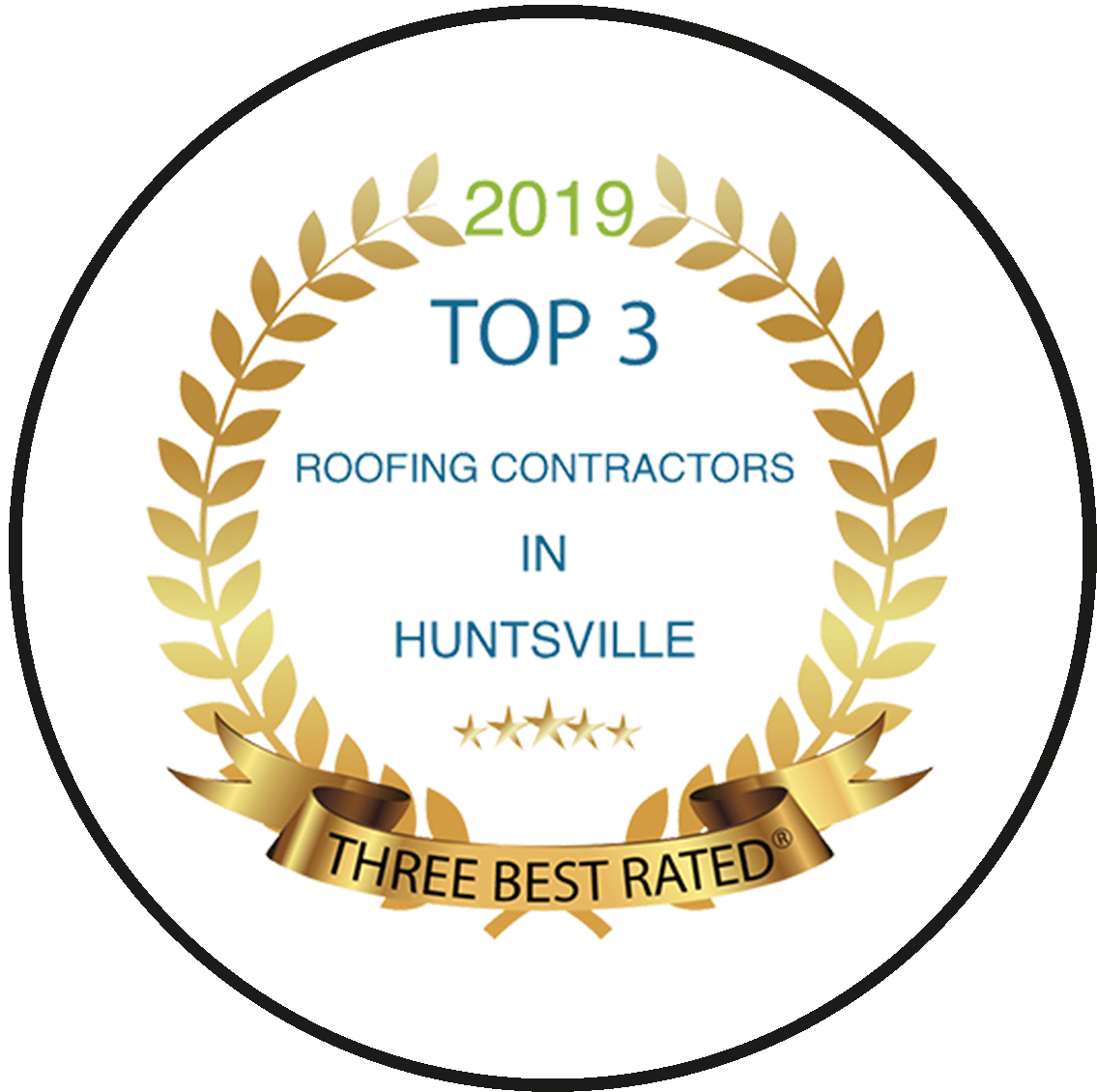
The Hidden Threat of UV Rays on Commercial Roofs
As the warmer months approach, the focus of commercial property managers often shifts from winter hazards to the subtler, yet equally damaging effects of summer weather. A primary concern during this period is the impact of ultraviolet (UV) radiation on flat roofing systems. UV rays, while invisible, can significantly compromise the integrity and lifespan of commercial roofs. In this comprehensive guide, we’ll explore the various ways UV radiation affects flat roofs and the effective strategies to mitigate these impacts, ensuring the longevity and performance of your roofing system.
The Menace of Blistering
Blistering is a common early sign of UV damage on flat commercial roofs. This phenomenon typically arises when the roof surface develops cracks or holes, allowing water to seep in. Under the intense heat of the sun, this trapped water expands, causing the roofing material, such as tar paper or roofing felt, to lift and form blisters. These blisters not only mar the roof’s appearance but also signal deeper structural issues. To prevent the progression of damage, it’s crucial to address blistering promptly, with repairs or replacements as needed.
Deterioration: The Silent Destroyer
UV radiation poses a significant threat to the chemical composition of commercial roofing materials, whether they are metal, modified bitumen, or single-ply membranes. Prolonged exposure to sunlight can lead to the deterioration of these materials, weakening the roof’s overall structure. Regular professional inspections are vital in identifying and rectifying issues that hinder the roof’s ability to resist UV rays. Enhancing the roof’s reflectivity is a common solution, helping it to repel heat and remain robust against the sun’s relentless assault.
Sealant Degradation: A Hidden Hazard
Roof sealants play a pivotal role in the longevity of a commercial roof, offering protection against various elements. However, intense UV radiation can degrade these sealants, diminishing their effectiveness. To combat this, installing an additional layer of protection, such as reflective single-ply membranes, can be highly beneficial. These membranes work by deflecting UV rays, thereby safeguarding the roof sealants and extending the roof’s lifespan.
Shingle Damage: The Heat’s Aftermath
Extended exposure to UV rays can wreak havoc on roofing materials like asphalt shingles, leading to cracking, buckling, and bleaching. These issues often arise when the sun’s rays dry out the essential oils in the roofing materials, resulting in weakened and discolored surfaces. Regular maintenance and frequent inspections are crucial in preventing these problems from escalating.
Condensation Issues: The Interior Impact
If UV-induced roof damage is not adequately addressed, it can start affecting the interior of the building. The heat absorbed by the roof can lead to condensation issues inside, particularly if the attic is poorly ventilated. Proper attic ventilation is essential in preventing internal damage caused by roof heating.
Proactive Measures for UV Protection
To safeguard your commercial roof from the detrimental effects of UV radiation, especially during the hotter months, proactive measures are essential. Implementing strategies like regular maintenance, professional inspections, and the installation of protective materials can significantly enhance the resilience of your roof. By taking these steps, you not only strengthen the structure of your building but also avoid costly repairs in the future.
Advanced Roofing & Construction, LLC, a leading roofing company in Huntsville AL, emphasizes the importance of understanding and addressing the effects of UV radiation on flat roofing systems. With their expertise in roof repair in Huntsville AL, they offer tailored solutions to protect and maintain the integrity of commercial roofs against UV damage. Remember, the key to a long-lasting, efficient roofing system lies in awareness and proactive care.



